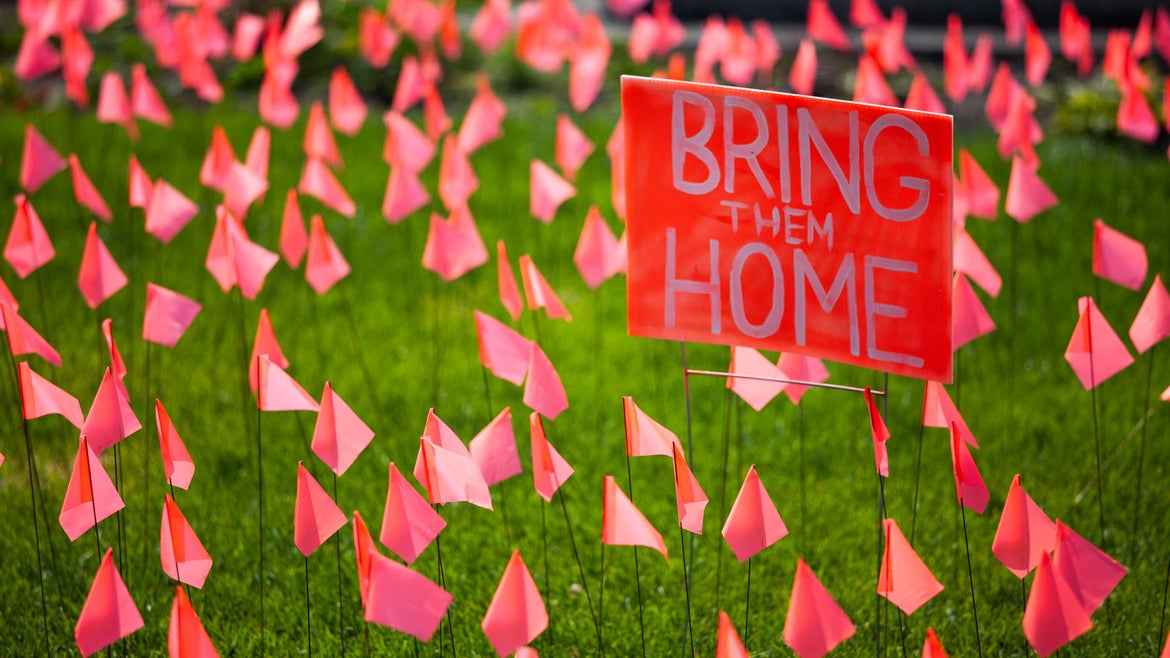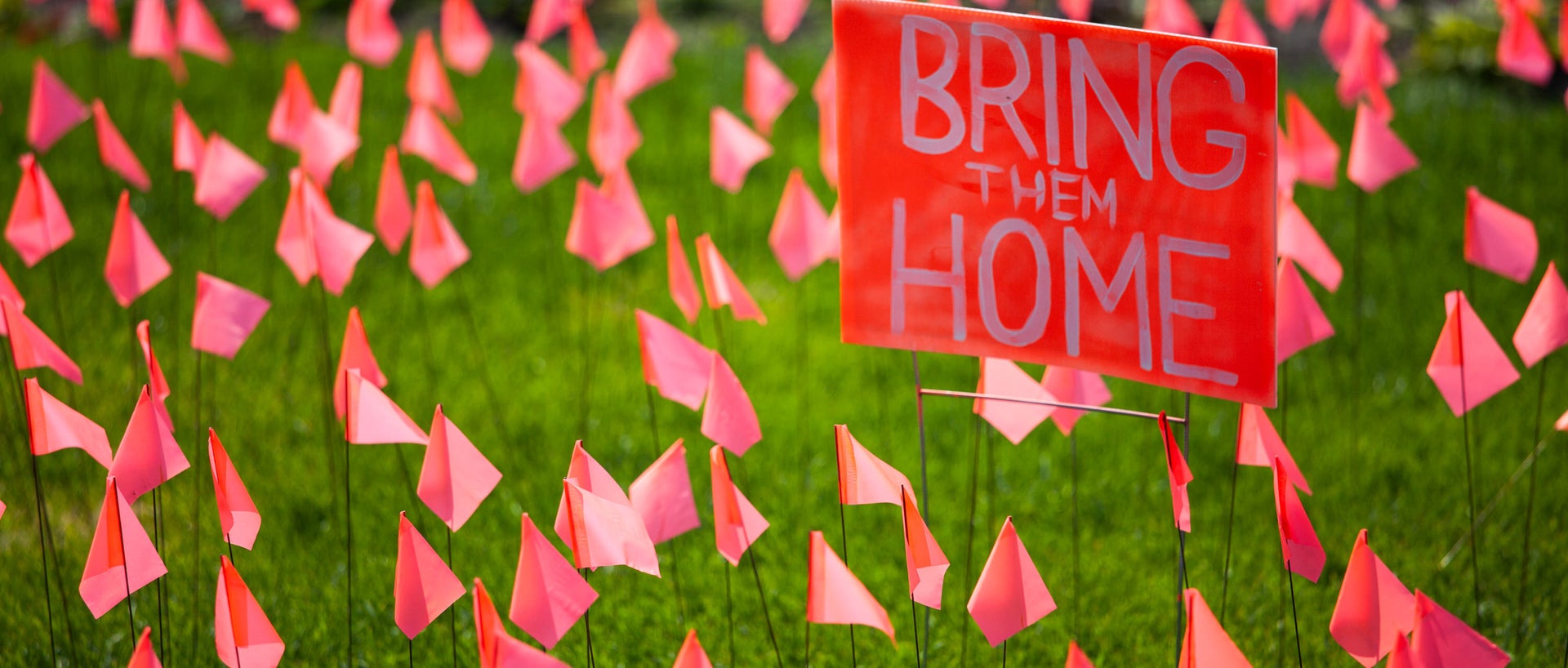Former students knew of Kuper Island Industrial School as 'Canada's Alcatraz' as its location was so remote, many died trying to escape.
At least 160 additional unmarked graves were discovered at a former residential school in British Columbia, just weeks after the discovery of 215 bodies of Indigenous children at the former Kamloops Residential School spurred Canada into collective grief, and Indigenous communities around the country to demand their own answers.
“We are at another point in time where we must face the trauma because of these acts of genocide,” Penelakut Tribe’s Chief Joan Brown said in a statement confirming the discovery of the bodies. “Each time we do, it is possible to heal a little more. Courage is not the absence of fear, courage is acting in spite of fear.”
The discovery, which the Penelakut Tribe announced last week, was made on the grounds of the Kuper Island Industrial School – a former residential school located on Vancouver Island, just north of the capital of Victoria.
At the time of operation, many called the residential school “Canada’s Alcatraz,” after the U.S. federal prison located off the coast of San Francisco, as its location was so remote. Many died trying to escape, including two sisters who drowned in 1959.
"I remember sitting at a cafeteria table at feeding time and noticing that tables that used to be full were starting to get empty," said survivor Eddy Charlie, in an interview with CTV News, adding that there were also more and more empty beds. “I knew that (the) residential school was not letting any of us go home. So where were these guys going? But now I know. After they found the 160 bodies, I know where these children disappeared to now.”
The school, which was active from 1889 to 1975, had been riddled with additional controversies while in operation, including an incident in 1896 when students set the school on fire when their holidays were canceled. Later, a former employee Glenn Doughty, who worked at the school toward the end of its operation, was convicted of sexually abusing students, Global News reported.
Attendance was mandatory for all children from the Coast Salish people, a group that encompasses several tribes living in the Pacific Northwest Coast.
Steve Sxwithul’txw, a member of the Penelakut Tribe and survivor of Kuper Island Industrial School, said he had attended the school when he was just 5 years old, in 1970.
“The two sides of the school were separated between the girl’s side and the boy’s side so they weren’t allowed to really communicate with each other,” he said, adding that he had been separated from his sisters who would have been on the other side of the school, according to Global News. “When you’re put in a place where you suddenly don’t have access to your family, it’s very confusing.”
The school was run by the Catholic Church before it was taken over by the federal government in 1969.
While Sxwithul’txw said he was “upset” by the announcement, he was not surprised, he told the Vancouver Sun. In fact, once he heard of the initial 251 bodies found at the Kamloops Residential School, he knew “it would be pretty much the same” at other former residential schools with rumored graveyards.
In fact, the finding at Kuper Island Industrial School is not new. A team comprising of researchers at the University of British Columbia and members of the Penelakut Tribe have been working on the site since 2014, and have been using the same ground-penetrating radar that was used at other unmarked gravesites at residential schools across Canada.
The National Centre of Truth and Reconciliation, which conducted a report on residential schools, accounted for just 121 students who died while attending Kuper Island Industrial School.
Sxwithul’txw has started a GoFundMe page to help fund additional searches at other former residential schools.







